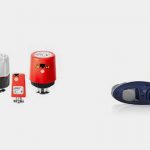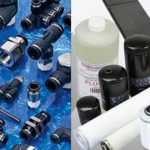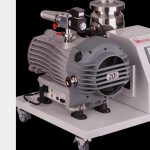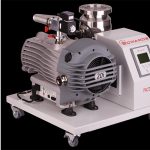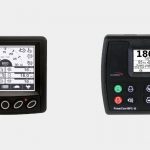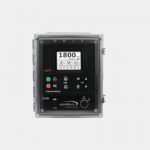ISO — the International Organization for Standardization — releases guides for almost every conceivable area of industry on Earth. Some of these are easy to understand, others are packed into language so dense and jargon-filled that it takes an industry expert just to read the introduction. We thought we’d shed a little light on hydraulic filters for everyone by unpacking the ISO codes for cleanliness, which are used for virtually every kind of air and/or liquid filter, including hydraulic ones.
How Small is a Micron?
The core unit by which the ISO measures ‘uncleanliness’ is the micron, which is a measure of distance. Filters are measured by how many particles of what diameter (in microns) they allow through. But before we get into that, let’s talk about what a micron is. Unfortunately, they’re so small, we have to describe them, because simply telling you “one millionth of a meter” doesn’t have any meaning. So here are three quick examples to help you understand:
- The average human hair is about 70 microns wide.
- A single grain of standardized table salt is about 120 microns wide.
- The eye of a standard American sewing needle is a whopping 1,230 microns across.
Particulate in Microns
The ISO standards for particulate break them down into three categories:
- 4 microns and smaller (about the size of a larger bacterium)
- 5-6 microns (about the size of a deoxygenated red blood cell)
- 7-14 microns (about the size of a mold spore)
Presumably, particulate larger than that only gets through a filter if that filter is critically compromised.
The Confusing World of ISO Codes
The ISO tests a filter, and they assign one code for each of those categories, in a string like this: 20/17/14. The ISO code is, unfortunately, not intuitive. In short, an ISO code of ’10’ means ’10 or less of this size of particle per milliliter of volume (after filtration).’ Every number you go up from 10 doubles the “X or less” number; every number you go down from 10 halves it.
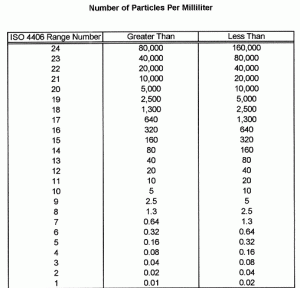
So when you see a hydraulic filter with a three-digit rating like 32/12/4, you can look at it and say to yourself “OK, so after the fluid has been filtered, it’s got about 32 bacteria, 12 blood cells, and 4 mold spores in it.” Of course, what those particles actually are is often more important than the size (if they’re aluminum, you’ve got significantly greater problems than if they’re water — but that’s a different post altogether.












